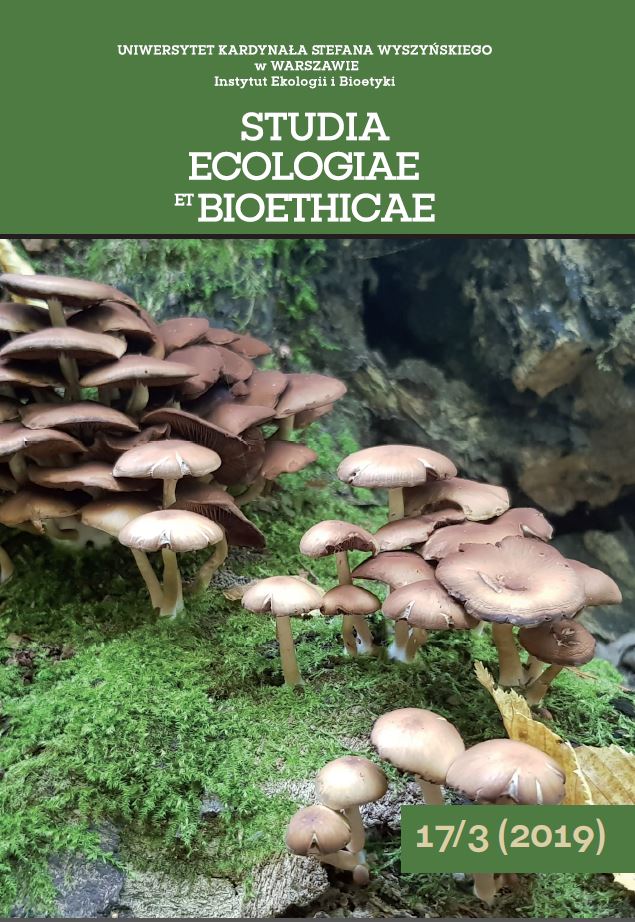Efficiency of the photosynthetic apparatus of Myriophyllum spicatum L. under anthropopression – a case study from Upper Silesian
Efficiency of the photosynthetic apparatus of Myriophyllum spicatum L. under anthropopression – a case study from Upper Silesian
Author(s): Ewelina RoszkowskaSubject(s): Environmental Geography, Environmental interactions
Published by: Wydawnictwo Naukowe Uniwersytetu Kardynała Stefana Wyszyńskiego w Warszawie
Keywords: efficiency of the photosynthetic apparatus; sustainable development; ecosystem services; anthropogenic ecosystems; mining subsidence reservoirs;
Summary/Abstract: The current type of global economy and environmental management requires a change in its approach to the use of natural resources in order to meet human needs. A system approach and an analysis of the importance of anthropogenic ecosystems appears to be an effective tool for sustainable development of urban and post-industrial areas. One example of anthropogenic ecosystems are mining water reservoirs, formed in the basins of subsidence, affecting the increase of biodiversity in the area poor in the surface water reservoirs. This study presents analysis of the impact of water quality in anthropogenic reservoirs on the Myriophyllum spicatum L. photosynthetic apparatus efficiency. Five reservoirs with different water quality were analysed. The photosynthetic apparatus performance of macrophytes was measured using the chlorophyll fluorescence signal through a Pocket PEA fluorimeter. The results showed that electron transport decreased with deteriorating water quality of reservoirs. This leads to a weakening of the population of Myriophyllum spicatum, which, as a further consequence, may lead to an acceleration of eutrophication of reservoirs.
Journal: Studia Ecologiae et Bioethicae
- Issue Year: 17/2019
- Issue No: 3
- Page Range: 5-12
- Page Count: 8
- Language: English

